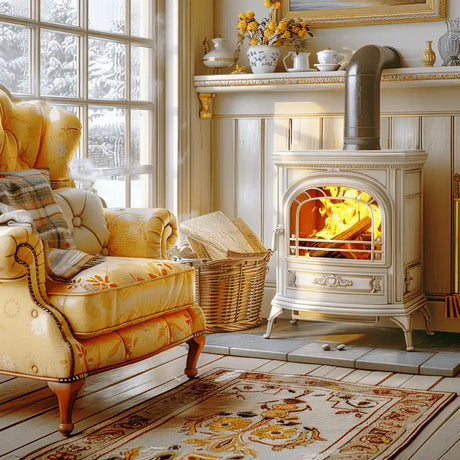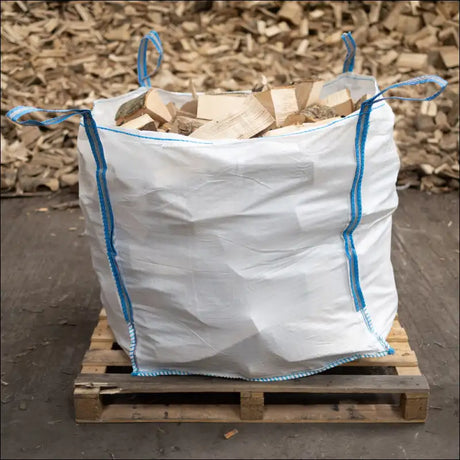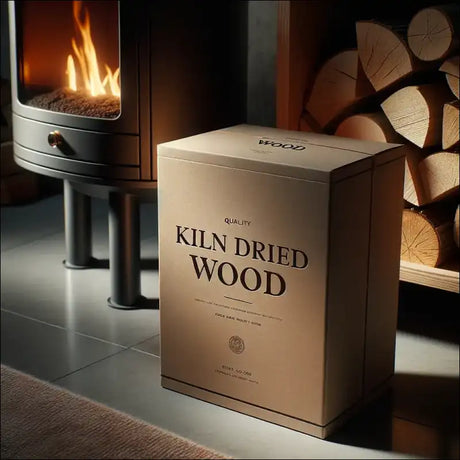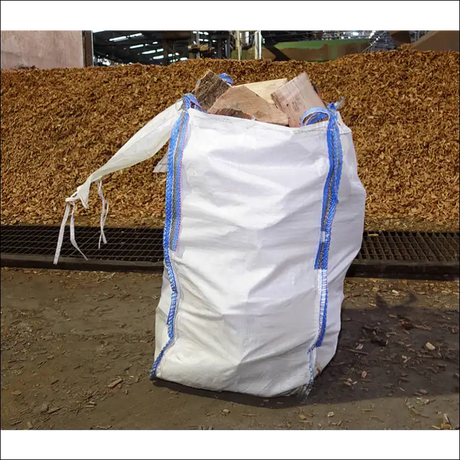Are you curious about the process of kiln drying hardwoods? Whether you're a DIY enthusiast, a professional woodworker, or simply someone who appreciates the warmth of a good fire, understanding the ins and outs of kiln-dried hardwoods can be incredibly valuable. In this comprehensive guide, we'll explore the fascinating world of kiln drying hardwoods, with a special focus on its relevance to UK wood enthusiasts.
What is Kiln Drying?
Before we dive into the specifics of hardwoods, let's briefly explain what kiln drying is. Kiln drying is a controlled process used to remove moisture from wood, making it more stable and suitable for various applications. Unlike air drying, which can take months or even years, kiln drying can be completed in a matter of days or weeks, depending on the wood species and desired moisture content.
Why Kiln Dry Hardwoods?
Hardwoods, such as oak, ash, and beech, are popular choices for furniture, flooring, and firewood due to their density and durability. However, these characteristics also make them more challenging to dry properly. Kiln drying offers several advantages for hardwoods:
- Faster drying time
- More consistent moisture content
- Reduced risk of warping, cracking, or splitting
- Prevention of mould and fungal growth
- Improved stability for woodworking projects
The Kiln Drying Process for Hardwoods

The step-by-step kiln drying process for hardwoods involves several crucial stages:
-
Preparation: Hardwood logs are cut to the desired length and stacked carefully to allow for proper air circulation.
-
Initial heating: The kiln is gradually heated to remove surface moisture from the wood.
-
Drying phase: The temperature and humidity in the kiln are carefully controlled to remove moisture from the wood's interior.
-
Equalising: Once the target moisture content is reached, the wood is held at a constant temperature and humidity to ensure even moisture distribution.
-
Cooling: The kiln is slowly cooled to bring the wood back to room temperature.
-
Quality control: The dried hardwood is tested to ensure it meets the desired moisture content and quality standards.
Kiln Drying Different Hardwood Species
Different hardwood species require varying drying times and temperature settings. Here are some popular UK hardwoods and their kiln drying characteristics:
Kiln Drying Oak
Oak is a dense hardwood that requires careful drying to prevent defects. It typically takes 4-6 weeks to kiln dry, with temperatures ranging from 40-65°C.
Kiln Drying Ash
Ash dries relatively quickly compared to other hardwoods, usually taking 2-4 weeks. It can tolerate higher temperatures, up to 70-80°C.
Kiln Drying Beech
Beech is prone to warping and checking, so it requires careful monitoring during the drying process. It typically takes 3-5 weeks to kiln dry at temperatures between 50-70°C.

The Impact of Wood Density on Kiln Drying
Wood density plays a crucial role in the kiln drying process. Denser hardwoods generally:
- Take longer to dry
- Require lower kiln temperatures
- Are more prone to drying defects
- Have a higher risk of case hardening (when the outer layer dries too quickly)
Understanding these factors helps kiln operators adjust their drying schedules accordingly to achieve the best results for each hardwood species.
Benefits of Kiln-Dried Hardwoods for UK Consumers
For UK wood enthusiasts, kiln-dried hardwoods offer numerous advantages:
-
Improved burning efficiency: Kiln-dried logs burn longer and hotter, making them ideal for wood-burning stoves and fireplaces.
-
Consistent quality: Kiln-dried hardwoods have a uniform moisture content, ensuring consistent performance in both woodworking and burning applications.
-
Reduced emissions: Properly dried hardwoods produce less smoke and fewer pollutants when burned, contributing to better air quality.
-
Versatility: Kiln-dried hardwoods are suitable for a wide range of uses, from crafting the perfect fire to creating beautiful furniture pieces.
-
Long-term storage: Kiln-dried hardwoods can be stored for extended periods without degradation, allowing you to stock up for the winter months.
Choosing the Right Kiln-Dried Hardwood for Your Needs
When selecting kiln-dried hardwoods, consider the following factors:
-
Intended use: Different hardwoods are better suited for specific applications. For example, oak is excellent for furniture, while ash is a popular choice for firewood.
-
Moisture content: Ensure the wood has been dried to an appropriate moisture content for your needs (typically 6-8% for indoor use, 15-20% for firewood).
-
Source: Look for suppliers who use sustainable forestry practices and local sourcing when possible.
-
Quality: Check for any visible defects or signs of improper drying, such as cracks or warping.
Conclusion
Kiln drying hardwoods is a complex yet essential process that brings out the best in these valuable wood species. For UK wood enthusiasts, understanding the nuances of kiln-dried hardwoods can lead to better woodworking projects, more efficient heating, and a deeper appreciation for the art and science of wood processing.
Whether you're choosing the right logs for your wood burner or embarking on a new DIY project, kiln-dried hardwoods offer quality, consistency, and versatility that's hard to beat. So next time you're selecting wood for your home or workshop, consider the benefits of kiln-dried hardwoods – your projects (and your fireplace) will thank you!






